Home >Java >javaTutorial >How to manually configure Servlet to run in Tomcat in Java?
How to manually configure Servlet to run in Tomcat in Java?
- WBOYWBOYWBOYWBOYWBOYWBOYWBOYWBOYWBOYWBOYWBOYWBOYWBforward
- 2023-04-26 09:55:071343browse
1. Preparation work
As shown below, first create each file as required
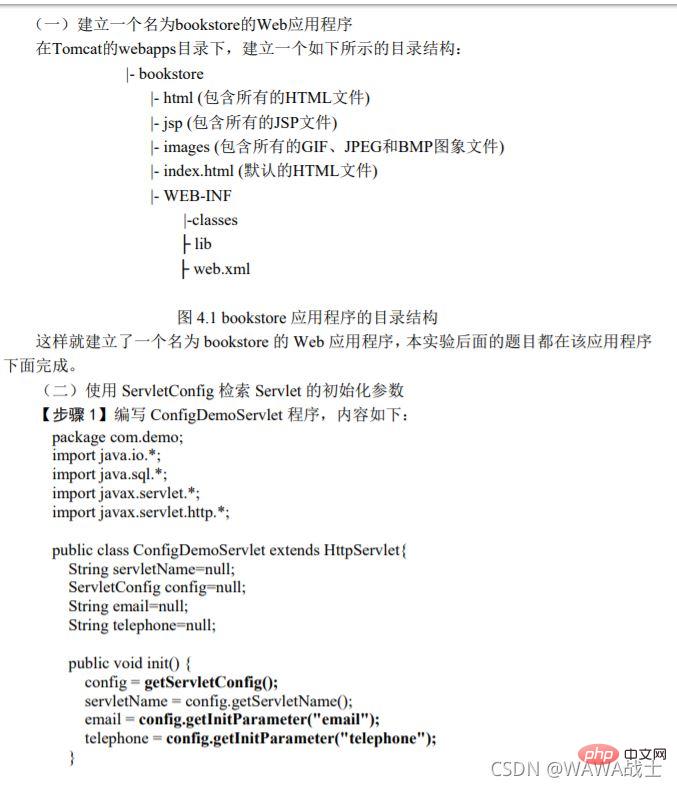
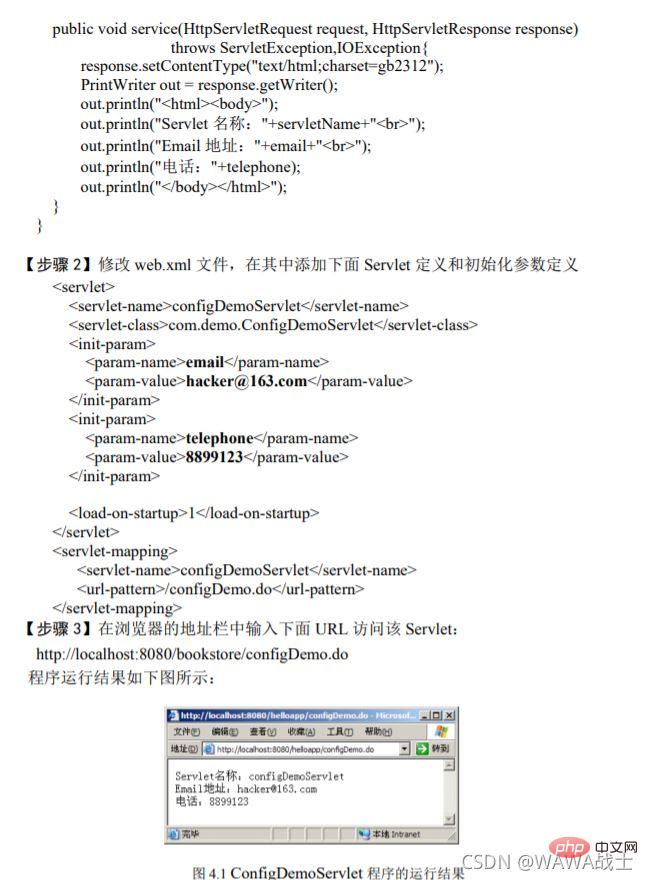
If you think it can run at this time, you are wrong (I was stuck here at the beginning)
idea’s project structure
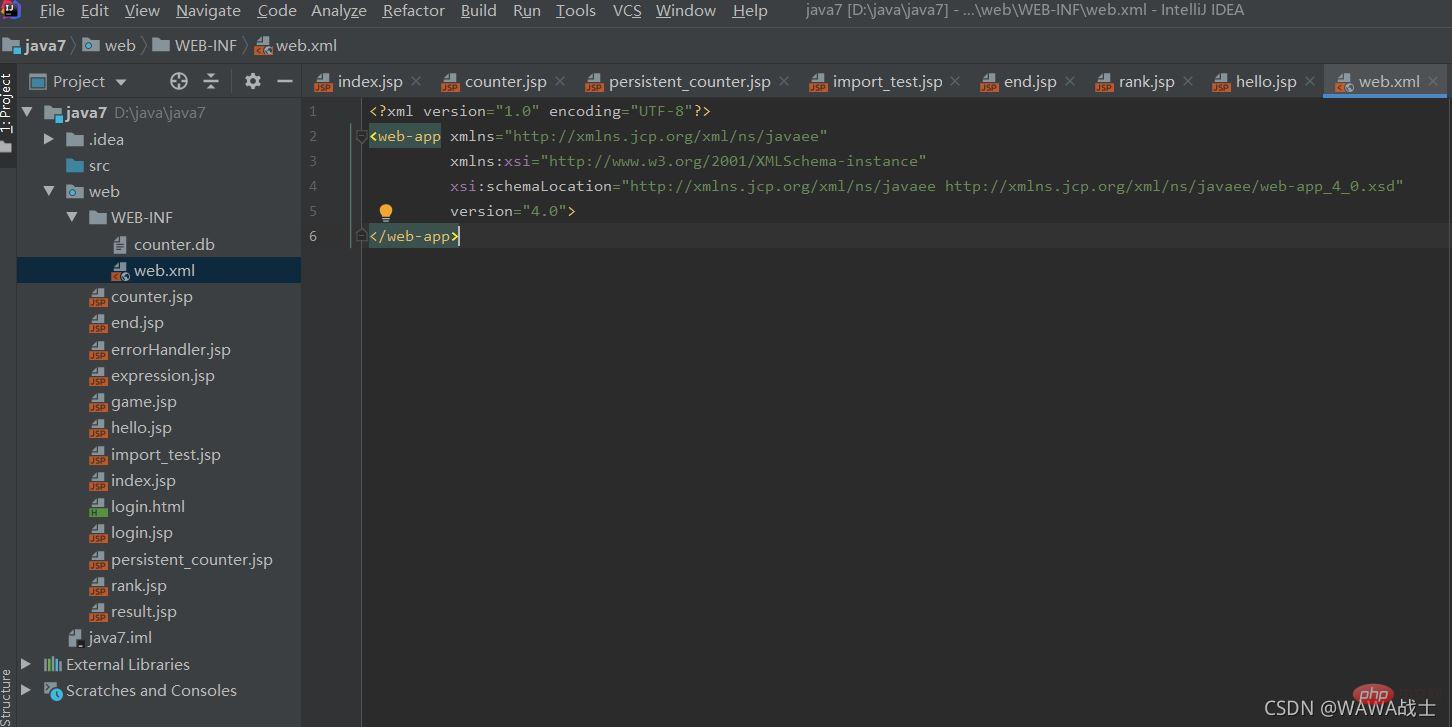
If you have learned to use idea to create servlet applications, you will definitely find that the web.xml provided here is not complete at all
Please use the following code to include the above servlet tag
<?xml version="1.0" encoding="UTF-8"?>
<web-app xmlns="http://xmlns.jcp.org/xml/ns/javaee"
xmlns:xsi="http://www.w3.org/2001/XMLSchema-instance"
xsi:schemaLocation="http://xmlns.jcp.org/xml/ns/javaee http://xmlns.jcp.org/xml/ns/javaee/web-app_4_0.xsd"
version="4.0">
//在这里加入上面说过的servlet标签代码
</web-app>2. Compiled file
Encoding problem
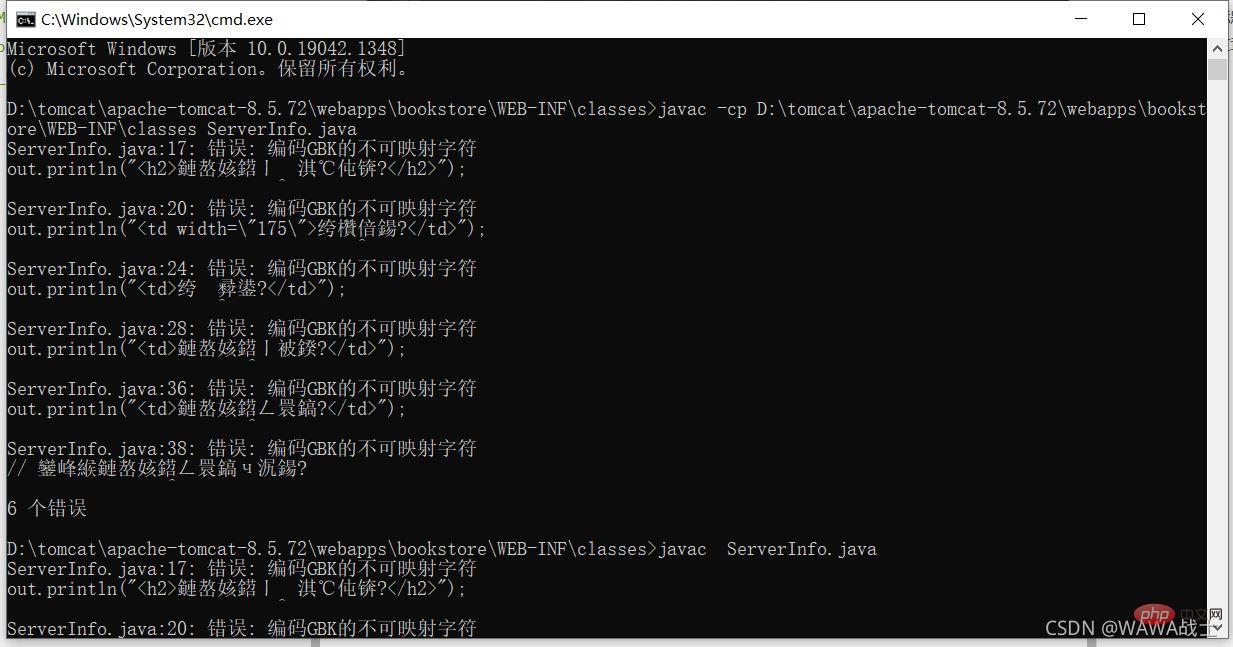
As above, I wanted to compile it at first, but an error was reported
The reason here is that javac will read the source file code according to your operating system encoding, and my computer defaults to GBK, but we all write these source codes in Notepad, and Notepad This file is saved in UTF-8 by default, which is equivalent to javac using GBK to read the content of UTF-8 and reporting an error
Therefore, we need to specify the encoding format for reading the source code as UTF-8
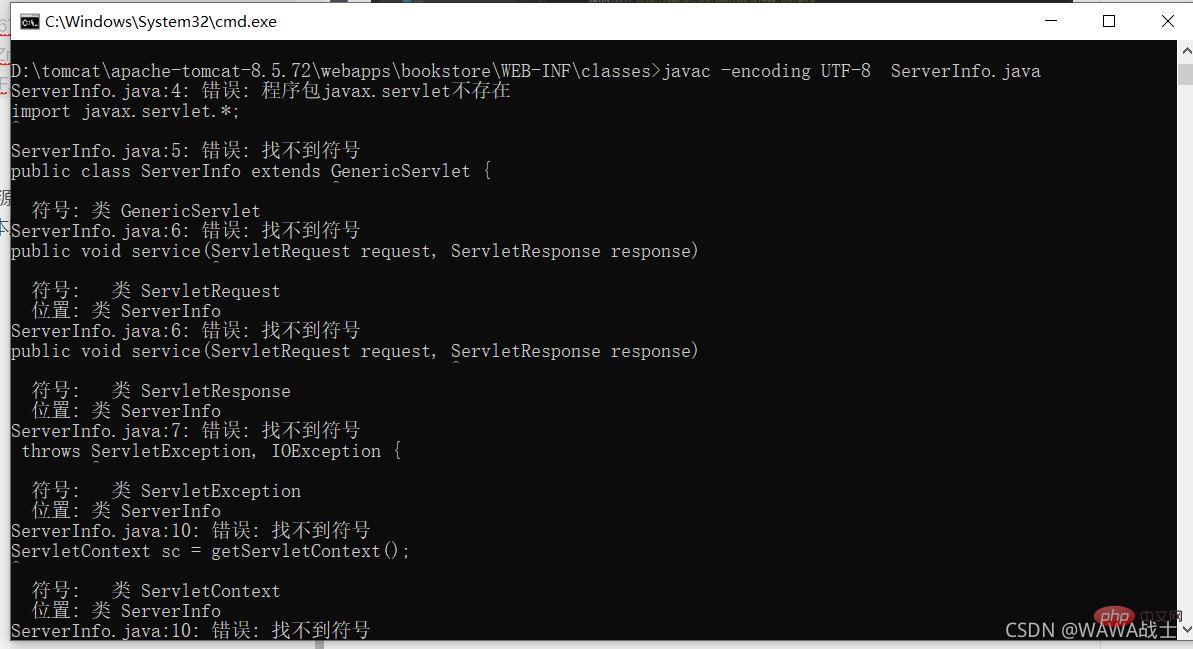
Learning Class Loader
The error reported at this time is that the Chinese is displayed normally, and the servlet cannot be found, which means that you used this class but could not find it. , according to parental delegation, we know that when looking for a class, we will first start from the cache of the system class loader. If not, we will look for the cache of its parent loader, that is, the extension class loader. If not, we will look for the parent loader of the extension class loader. If there is still no cache in the bootstrap class loader, start going down. First, look for the jar package under the specified path of the bootstrap class loader to see if it contains the class we want. As can be seen from the figure below, load the core jar package with the class loader and some basic The classes are all in it, and the path is lib
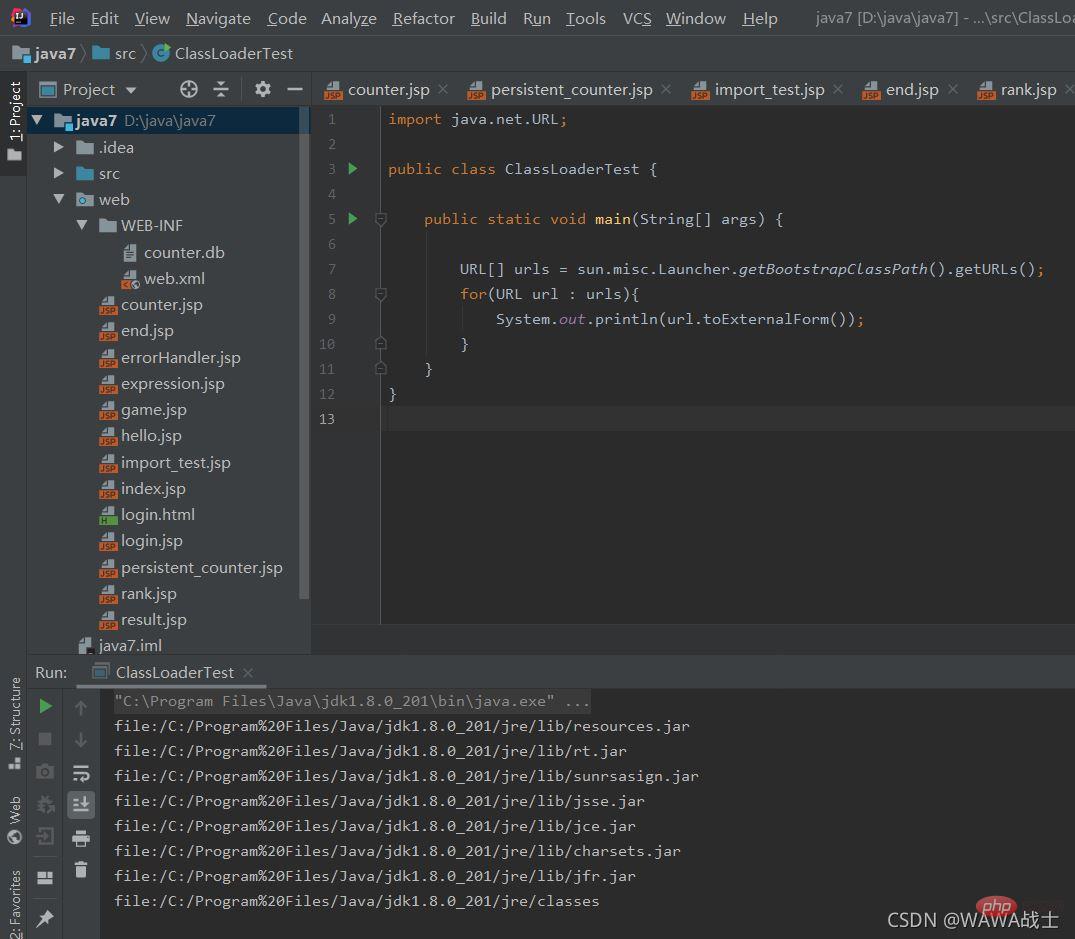
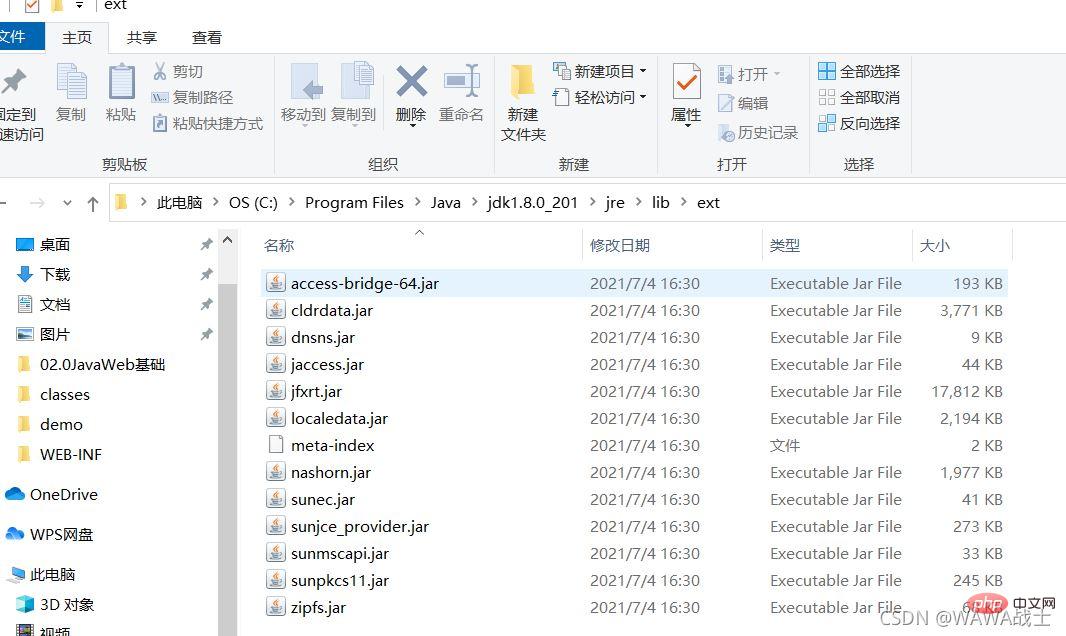
The above is the detailed content of How to manually configure Servlet to run in Tomcat in Java?. For more information, please follow other related articles on the PHP Chinese website!

